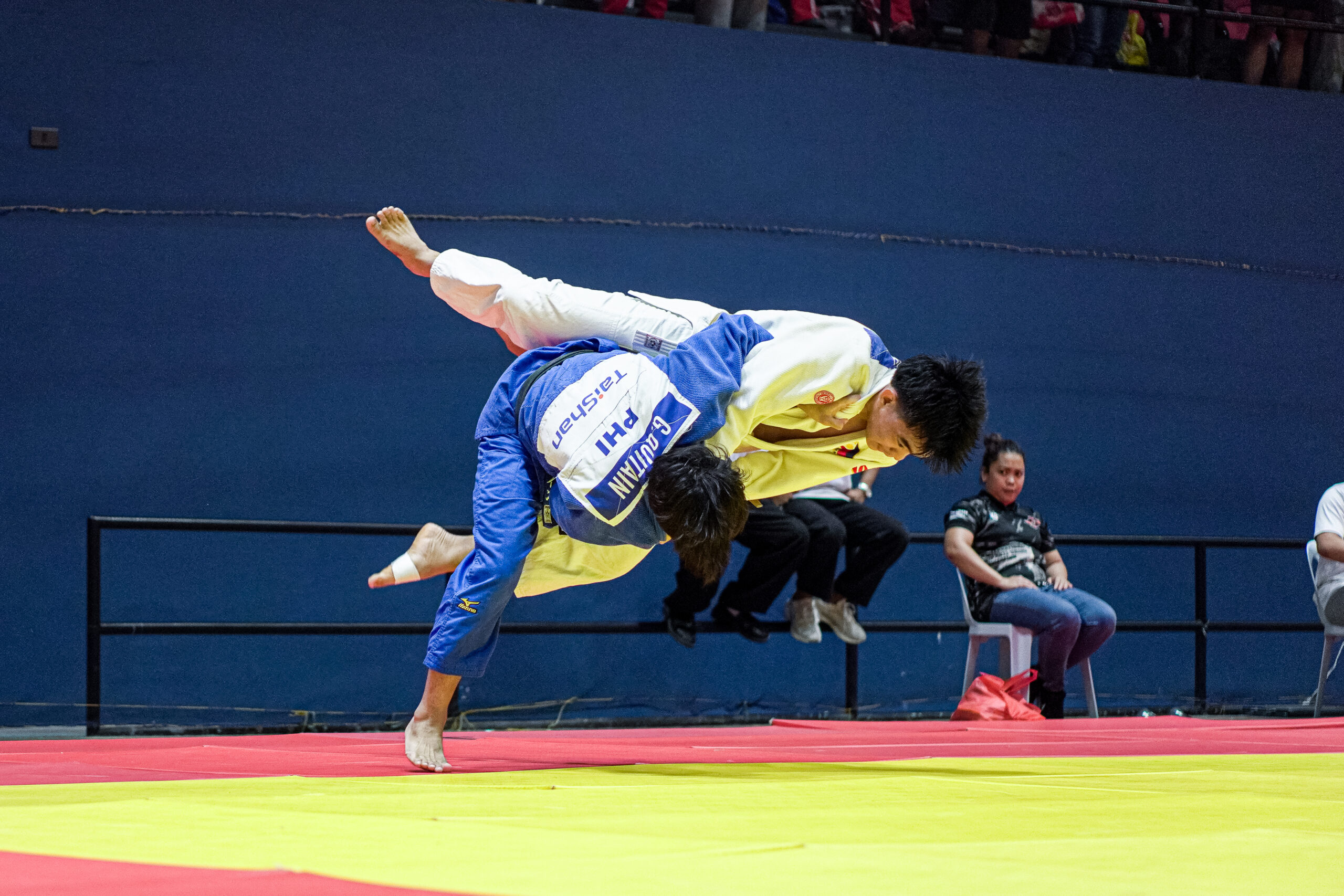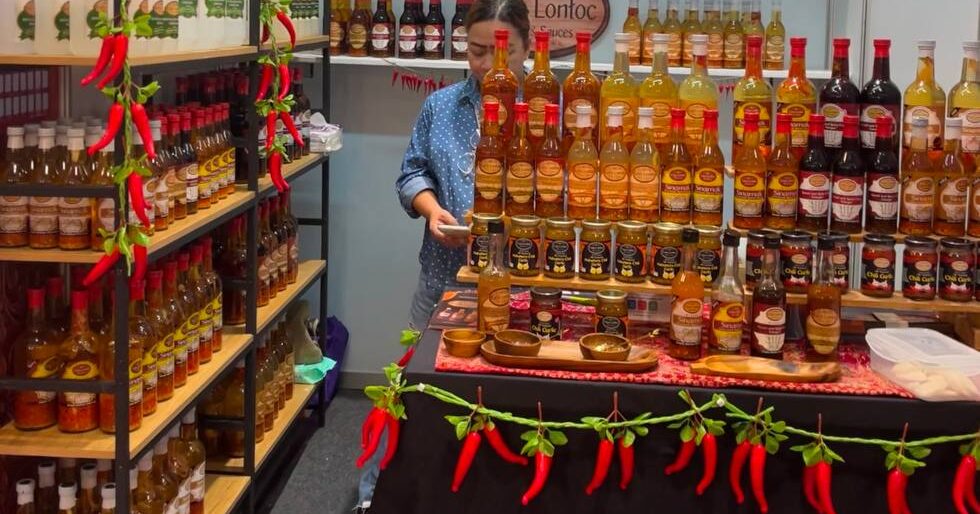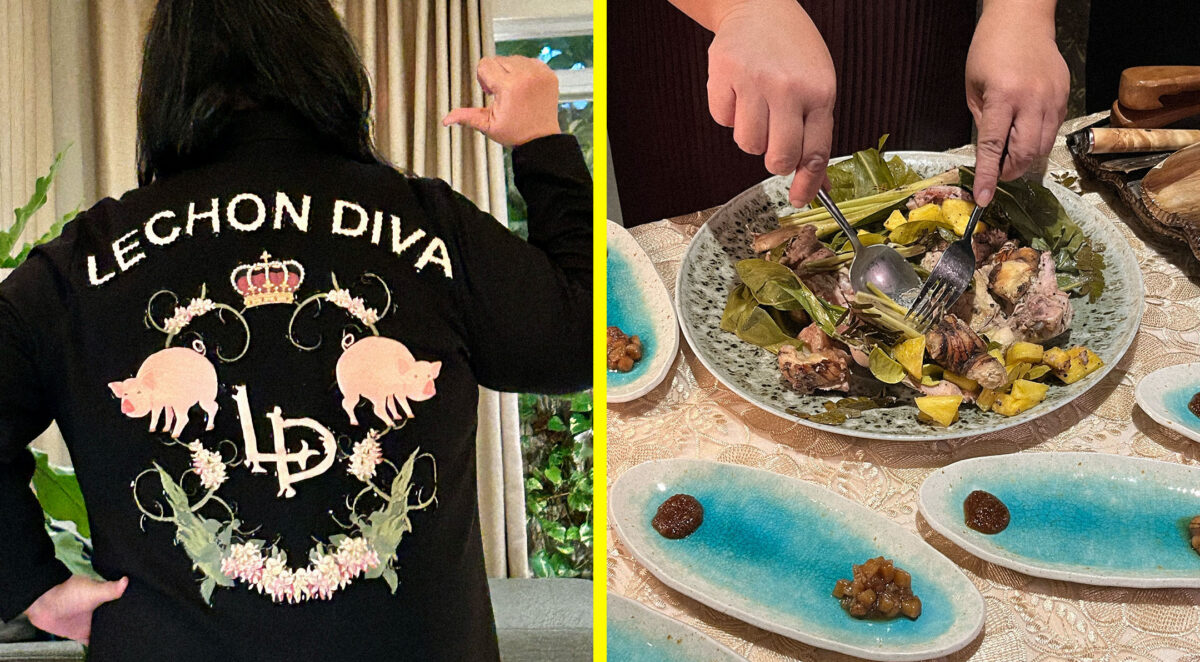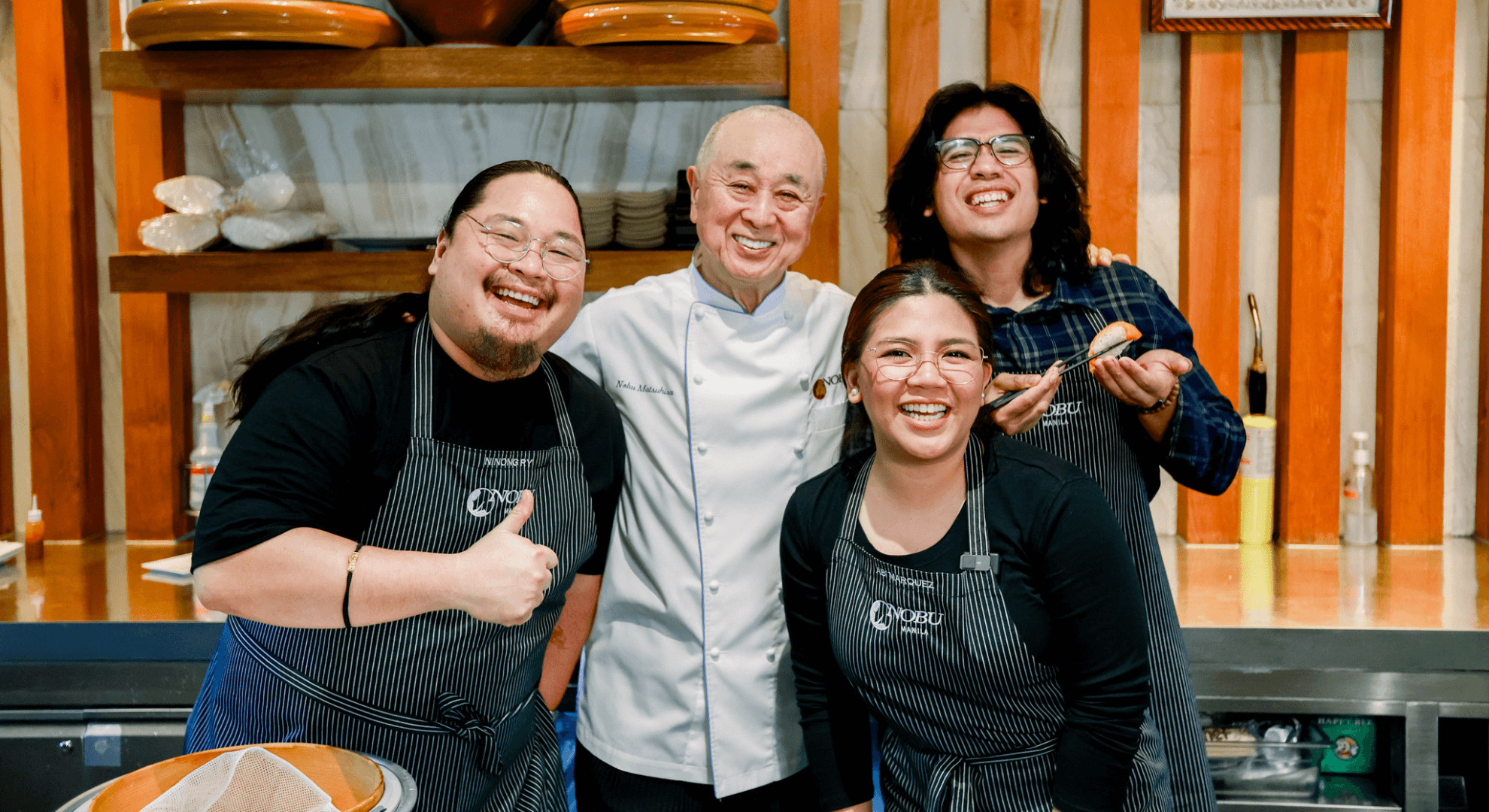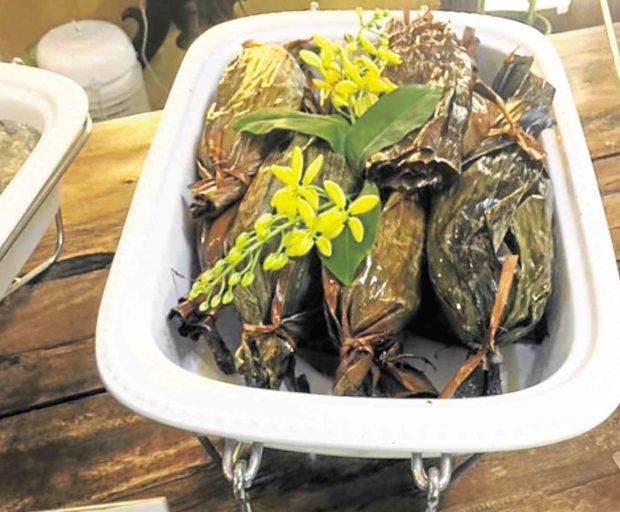
Two lunches and a dinner became a reunion with friends who had been my guides and sources through provincial cooking.
Sonny (Martin) Imperial Tinio can tell you what’s cooking in many towns of the country just by looking inside pots in a carinderia, or roadside eatery. He guided me through the culinary traditions of Nueva Ecija and the Bicol region.
Recently he tried to experiment with old dishes, such as nilasing na mangga, which consisted of green mango slices pickled in beer, relished as appetizer and then eaten with the rest of the food as a condiment. The mangoes came from his farm in Nueva Ecija, some of which he would make into haleya (jam).
Most unusual was pig’s trotters in which nail-less hooves were used, so that was why it was christened “pedicure” that evening; they were boiled and then dressed with vinegar the way we do kilawin but which Tinio said he remembered he had in Portugal.
Over at the buffet, he pointed to the vegetable lumpia (spring roll) made two ways. One had the usual brown sauce called paalat, and the other had tahure (fermented soy bean curd) within the wrap, the old way, Tinio said, before the brown sauce was used.
The fish was a barramundi, steamed and then dressed with mayonesa (Tinio’s way of calling ingredients in the old manner). He would have preferred to use apahap, our sea bass, but he couldn’t find any at the market. (I told him that sometimes there are live apahap at the Fisher Mall in Quezon City.)
Meat was pata tim, braised pork leg with mushrooms. Dessert consisted of sweetened sliced orange slices. A few of us waited for the homemade buko (young coconut) sherbet with coconut milk to thaw, the perfect palate-cleansing ending.
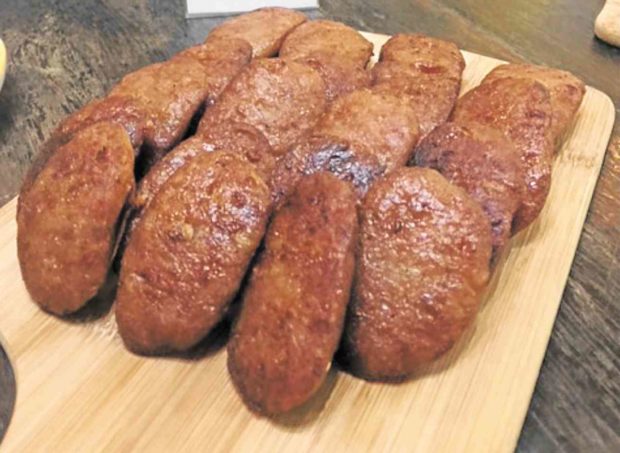
‘Longganisa’
Lory Tan years ago brought me on my first food tour, passing through Bulacan, Pampanga, Tarlac, La Union and then Baguio, where “Sarap,” the book by Doreen Gamboa Fernandez and Ed Alegre, was launched. After heading the family business, Bookmark, he became chair of World Wildlife Fund. But he has never let go of his culinary adventure spirit and been searching different kinds of longganisa (sausages) of Philippine provinces.
We were at Casa San Pablo where Tan said the innkeeper of the place and resident clay artist, An Mercado Alcantara, had researched on the longganisa to be served that brunch. She said she chose those that were sold at the market and made by families for generations: they were hamonado (sweetish), others were garlic-filled and still with skin, some were skinless, and the rest grilled bologna de San Pablo.
San Pablo specialties brought back memories of Lake Pandin where the women rowed the bamboo raft from one end to the other. Getting to the lake was quite a walk and was dangerously slippery during the rainy season. But one would be rewarded with a tranquil travel through the water and very good local cooking.
There was pinaete, small river shrimps that were pounded and then cooked with coconut milk. The local cooks said they now would use a blender instead of mortar and pestle, which Alcantara found funny, but then she decided to give them another blender so they could keep doing pinaete.
Somehow the pinaputok na tilapia (charcoal-broiled wrapped in banana leaves then fried) seemed better-tasting there. There was adobong manok sa gata (braised chicken in coconut milk), the pang-asim, or souring agent, being fresh kamias (bilimbi) and the southern Tagalog grilled eggplant salad called kulawo.
There were condiments, such as two kinds of bagoong alamang (fermented krill): one sauteed to go with the Indian mango halves and another cooked with coconut milk and chili that was used to top kamote chips.
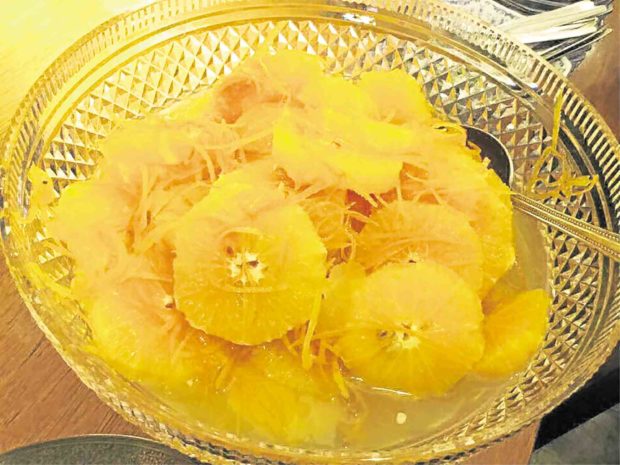
There was perfect suwam na mais (corn chowder) that warmed the stomach and our spirits before partaking of the many food set to Lory Tan’s menu.
On a rainy Sunday, we set off for Batangas City, on the invitation of Marian Pastor Roces, to have lunch. Beforehand, it was more than hinted that she was serving beef caldereta, a family recipe.
Years ago, we had more than caldereta when she invited us to view the beginnings of Museo Puntong Batangan, a museum that uses the Batangueño way of speaking, accent and all, to show not only the history of the province but also of its food.
We arrived at the Pastor-Acosta ancestral house circa 1883 woefully late and could hear the voices of guests in the upstairs comedor (dining room) where we headed, climbing the escalera mayor (main staircase) to reach it. We, the latecomers, went straight to get our Batangas dishes, the caldereta and the ginataang tulingan (small tuna cooked in coconut milk).
The caldereta was shredded beef, tasting of cheese and the great flavors that grew out of the slow cooking one expected of a traditional dish. My sister, who was with me, said that her husband’s Batangas family would cook the caldereta with lots of onions, color it with achuete, and enrich it with grated cheese.
Those three reunions kept us abreast about each other’s lives while allowing us to share the respective cuisines of our families, provinces and regions.
E-mail
pinoyfood04@yahoo.com




